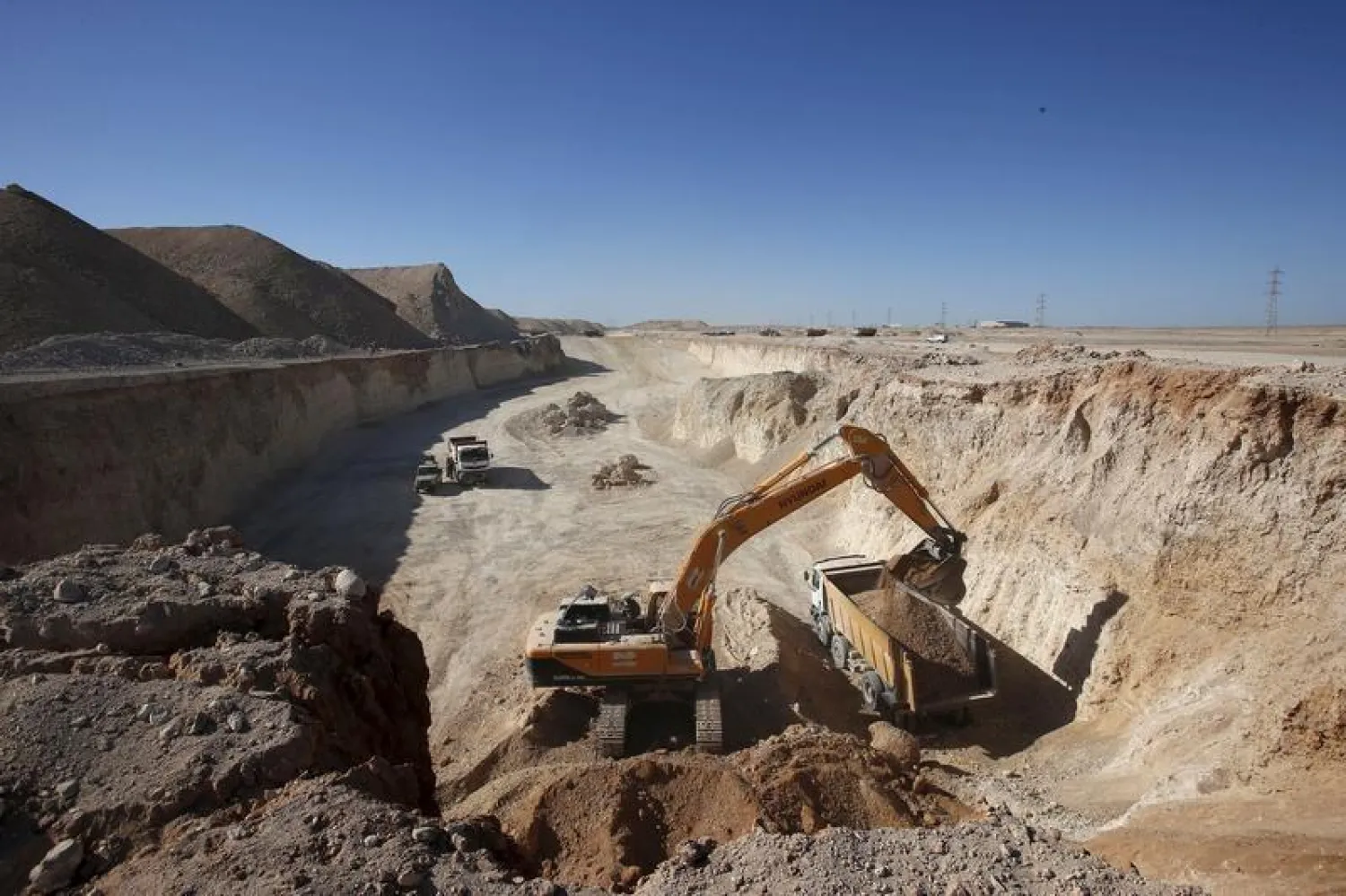Amin Qaph, director of the Fertilizer Industrial Complex in Jorf Lasfar (south of Casablanca) announced on Friday of officially operating the fourth production unit this upcoming January.
He said that the new factory is the fourth of its kind established by Morocco since 2014, with a production capacity of about one million tons per plant.
During the media tour of the facilities, Qaph added that the four factories will increase the total production capacity of Morocco to 12 million tons.
"During the second phase, we plan to build six new plants to raise our total production capacity to 18 million tons in 2025," he added.
He pointed out to the investment plan exceeding $3 billion.
The fertilizer industrial square (Jorf Lasfar) is located on an area of 1,800 hectares, which later on can see further expansion.
It is supplied with phosphates through a pipeline extending from Khouribga mines in the center of the country, some 187 kilometers away.
The complex takes advantage of the geographical slope of the Jorf Lasfar site compared to the Khouribga mines site.
"Prior to 2014, we used to transport phosphates through trains," says Qaph.
“The operation was very expensive. But with these new industrial units, using trains is not efficient due to the new size of production.”
“Consequentially, we invested in a phosphate transport pipe.”
The large industrial complex is located 2 km from the port of Jorf Lasfar. It is linked to the export berths of the port through rubber bands for the transport of fertilizers.
As Morocco moves to raise its production capacity to 18 million tons, its consumption needs are limited to 500,000 tons—an equation which eventually boosts the kingdom's export capacity, Qaph explained.
"We can easily adapt to all demands, both in size and quality, as we can now produce over 40 kinds of fertilizers," he said.
The first unit within the new generation of plants, which started operating in 2015, was tasked with solely supplying African markets, which are characterized by strong growth in demand for fertilizers.
Qaph said that the Moroccan fertilizer industry has mapped out demand in African partner countries and will attend it wherever it’s found.
"We have launched a plan to map fertility in African partner countries, as we did in Morocco," he said.
He explained that the map of fertility has covered all Moroccan soil and can be accessed through an electronic database of the OCP Group.
One of the leading exporters of phosphate mining in Morocco, the OCP Group is found mainly in 4 mining sites and two chemical complexes.
"Any land slot on Morocco’s drafted map includes detailed data which can be used to match the type of agriculture the investor intends to use,” Qaph said.









